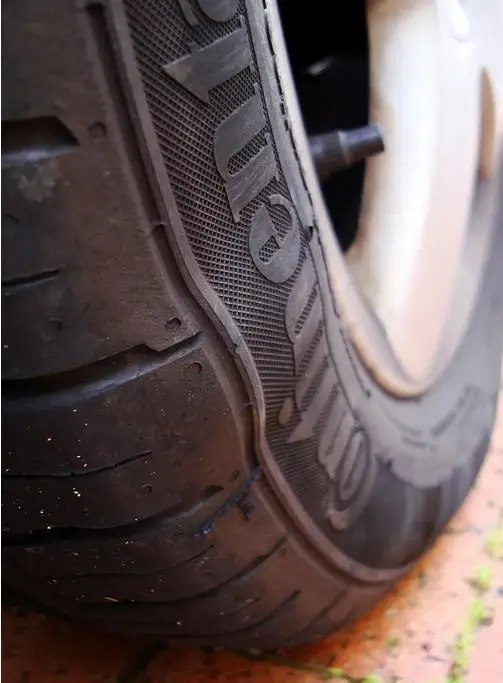How to Buy Used Tires
What to check when buying used tires
If you’re on a tight budget, buying used tires might make sense. But there are certain things you must check before buying.
Match the tire size when buying used tires
Mismatching tire size can cause damage to the differential. Do NOT mix/match different tire sizes on your vehicle.
Check the used tire’s load rating
The load rating must match the load rating on your other tires. The load rating is listed on the tire’s sidewall.
Check the used tire’s manufacturing date
All tire contain a manufacturing date code embedded in the sidewall. Here’s a link to an explanation of how to read the date code. Do not buy tires that are 6 years old or older. Tires that are 10 years old or older are dangerous and should never be driven on.
Check the tread depth on the used tire
2/32″ is the legal minimum, but tires that have less than 4/32″ provide less traction and stopping power than tires with more than 4/32″ In this case more tread depth is better as long as the tire condition meets all the checks listed here
Check for plugs and patches in the used tire
It’s not uncommon for tires to be patched, but there are some repairs that are just plain dangerous. Do not buy any used tire if:
• There’s a repair (plug, patch or combo plug/path) in the sidewall of the tire on in the tire’s shoulder. Those are considered “no repair” zones because those areas encounter the most stress and heat. Reject any tire that has repairs in those areas.
• A plug alone is never considered a safe repair. The puncture must be repaired used a plug and a patch or a combination plug/patch. Reject tires that have been plugged without an internal patch.
•It has more than 3 repairs and the repairs are close to each other.
Check for heat cracks, age cracks
As a tire ages it can develop cracks in the sidewall or in the tread area. People call this “dry rotting” but tires don’t actually dry rot like wood. Tire cracks are caused by overheating, sun exposure and old age. If the used tire has cracks, pass on it.
Check the used tire for bulges

Automatically reject any tire that has a bulge in the tire shoulder or sidewall. That tire has been damaged
There’s a difference between an “undulation” and a bulge. See this post for more information on tire undulation. But a bulge is an indication of belt damage. A bulge will not get better and can cause even more damage if you drive on it.
Buy from Reputable Sellers
Whether you’re buying from a tire shop, an online platform, or an individual, it’s essential to verify the seller’s credibility. Check reviews, ask for recommendations, and ensure they have a return policy.
Understand the Risks in Buying a Used Tire
While many used tires are sold in excellent condition, they may not offer the same lifespan as a new tire. Always be aware of this trade-off and make sure you are comfortable with the potential risks.
©, 2023 Rick Muscoplat
Posted on by Rick Muscoplat